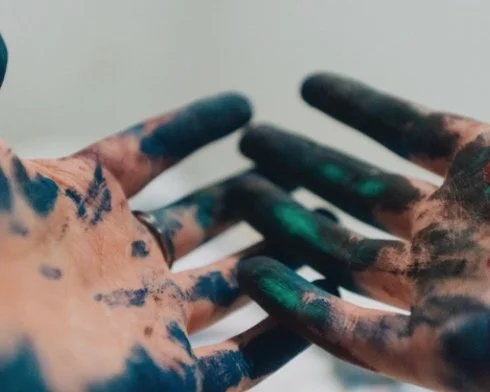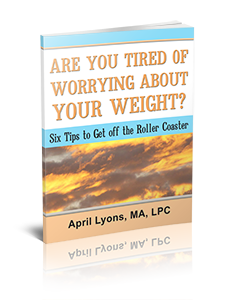Anxiety affects over six million adults in the United States alone. Symptoms can manifest differently with each person, but the experience tends to be uncomfortable regardless. When you live with anxiety, the smallest things can trigger racing thoughts and additional symptoms.
There are many treatment options out there for coping with symptoms, one of which includes art-based therapy methods.
What is Art-Based Therapy?
Art-based therapy is an alternative method to treating mental health conditions and psychological disorders. Artistic activities can enhance well-being and foster a state of healing from anxiety and stress.
When you tap into creative areas of the brain, it can offer new outlets and pathways to promote healing. Art-based methods of therapy have proven to be useful in treating a variety of conditions including depression, stress, PTSD, phobias, and anxiety.
Art-based methods are effective for treating anxiety due to their ability to tap into that side of the brain that influences your neurological system. Engaging in creative outlets can help your body reach a state of relaxation and allow your brain to find a sense of calm.
Art Therapy
Let’s start with art therapy. Typically, this method of treatment is led by a qualified art therapist trained in art forms and mental health applications. Visual arts activities used may include:
Drawing
Painting
Sculpting
Photography
Collage
Through a visual art form, you can find ways to express your inner thoughts and feelings in a unique and safe way. This can be especially helpful if you struggle with putting your feelings into words or are hesitant to share those sentiments out loud. This gives you an alternate outlet to do so.
Additionally, it can lead to improved self-awareness and new self-discovery. You may also find a productive coping mechanism with whichever art form you resonate with.
Music Therapy
Music therapy is another common art-based method for addressing psychological needs. This can be conducted with a trained music therapist, but also on an individual basis.
Options may include simply listening to music or something more advanced, like songwriting or creating your own melodies. This can also include improvisation. Many studies have been done on the connection between music and anxiety. Research has shown that music can be very healing and lead to a reduction in anxiety.
Dance Therapy
Dance and movement provide another means for self-expression and can enhance your connection to your body. They focus on moving your body in a way that feels good and allows you to connect movement to thoughts.
When you have built up or suppressed emotions, dance can be a helpful tool to release them. Plus, the movement can help work out any tension you’re carrying in your body and reduce anxiousness.
Writing and Journaling
Different writing activities can fall under expressive art practices and allow you to put your thoughts and feelings to pen and paper. Writing can include storytelling, poetry, or keeping a journal.
When you write down your thoughts, you release them from your mind, and in turn, that can reduce anxiety. It can be helpful to keep a notebook with you and pull it out when you start to feel anxiety flare up.
Mindfulness Practices
Mindfulness is a great tool to help bring your focus back to the present moment if anxiety is causing you to spiral backward or race too far forward. Such practices include art-based methods like mandala drawing, coloring books, or painting. Anything that promotes relaxation can help reduce anxiety.
Next Steps
Getting started with art therapy and anxiety therapy can be an effective way to manage stress, reduce anxiety, and restore quality of life. If you need help or guidance on how to begin, contact us to learn more about creative options that can work for you.


